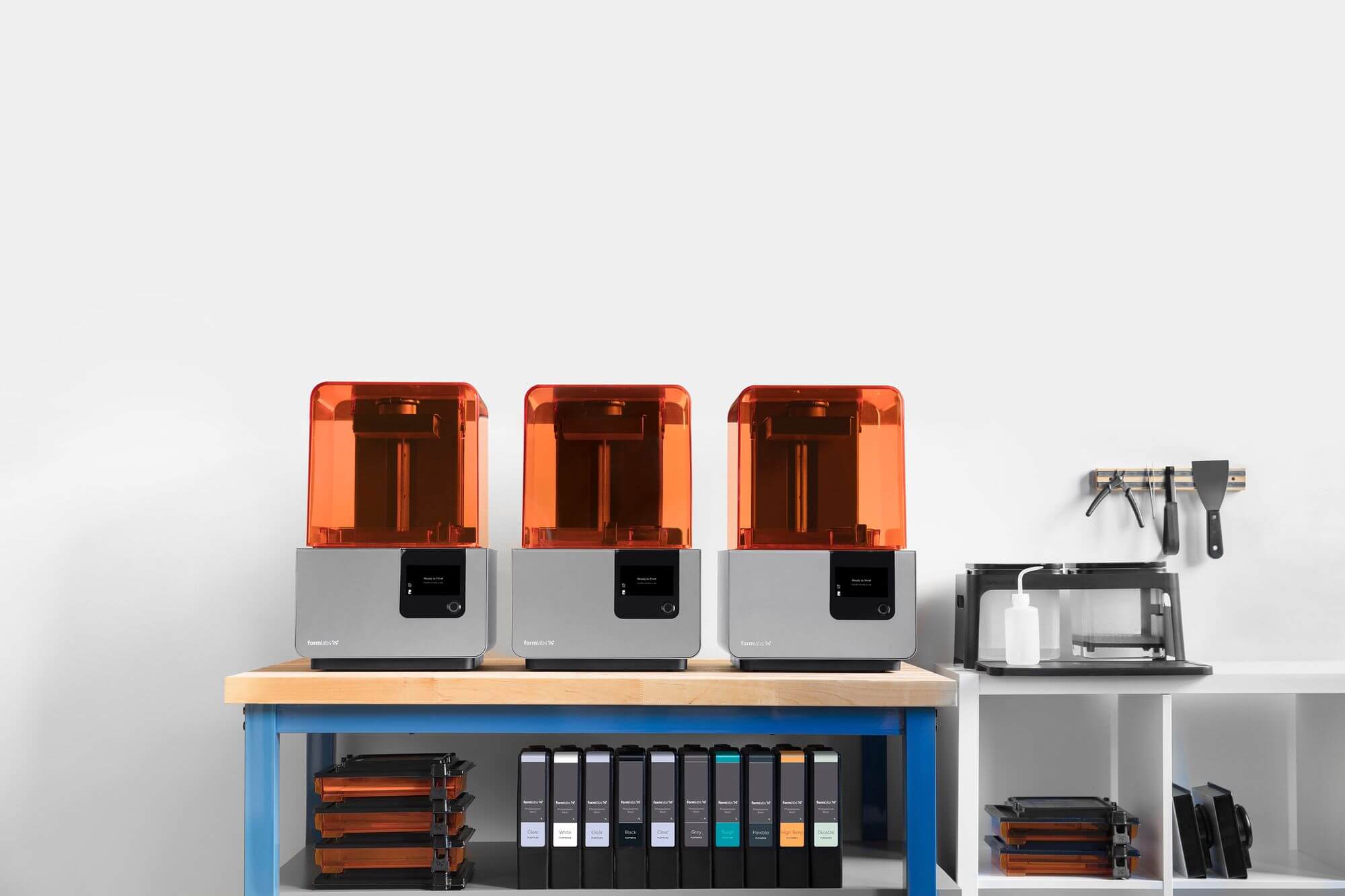Overview
Stereo lithography is a form of Additive Manufacturing technology that uses photochemical process to print.
Itfocusses UV light on a vat of photopolymer resin . The UV laser draws the sahpe of the part in alyer by layer way . Photopolymers are sensitive to ultraviolet light, so the resin is photochemically solidified and forms a single layer of the desired 3D object.
This process is repeated for each layer till the part is made according to the desired shape is achieved.
Let's go through the design guidelines which you need to follow while designing for SLA printing
Designing Considerations For Perfect Printing
1. Wall Thickness
Unsupported wall, designed at less than 0.6 mm may cramp excessively, become distorted or tear from the model during 3D printing.
2. Minimum Thickness of Support walls : 0.4mm
Support walls need to be thicker than or equal to .4mm to avoid cramping , distortion and tearing.
3.Minimum Overhang Angle With No Need To Support 19°
Printing overhangs below the recommended value will result in failure of the model.
Orientation of work in the workspace is also very important.
4.Minimum Hole Diameter : 0.5 mm
Hole designed below the recommended value may be sealed up or fail during printing. The deeper the hole, greater will the value of minimum hole diameter be.
5.Minimum Diameter Of The Cylinder
The minimum diameter is 0.3 mm for supported cylinders and up to 1.5 mm unsupported cylinders
6.Minimum Clearance
0.1 mm (per side, elements to be assembled after the process) / 0.5 mm (mobile elements, built during print as one object)
These clearances must be provided explicitly in the design to avoid an unseen circumstances.
7.Minimum Boss Height : 0.1 mm
This is the minimum value for extrusion which needs to be given in the design , so that the printer can visibly show the result.
8. Minimum Engraving Depth: 0.4 mm
Cuts made in the design need to be at a minimum depth of 0.4 mm in order to be reproduced on the part.
9. Orientation
Minimizing printing in the direction of Z-Axis is important.
10. Ribs And Gussets
To reduce warping and surface deformations during printing it is important to provide support structures in the design to help the model be printed without any issues.
Rib thickness is 60% of Wall thickness
11. Threads
The structural rigidity of threads printed using SLA is very low , which means that it can easily be deformed when a force is applied , the best way to incorporate threads to to make holes for threaded inserts .
12. Fillets
They need to be incorporated in the design to be able to decrease stress concentration and failure of the model.
Conclusion
In order to effectively print using SLA these guidelines need to be followed and implemented in the design.

